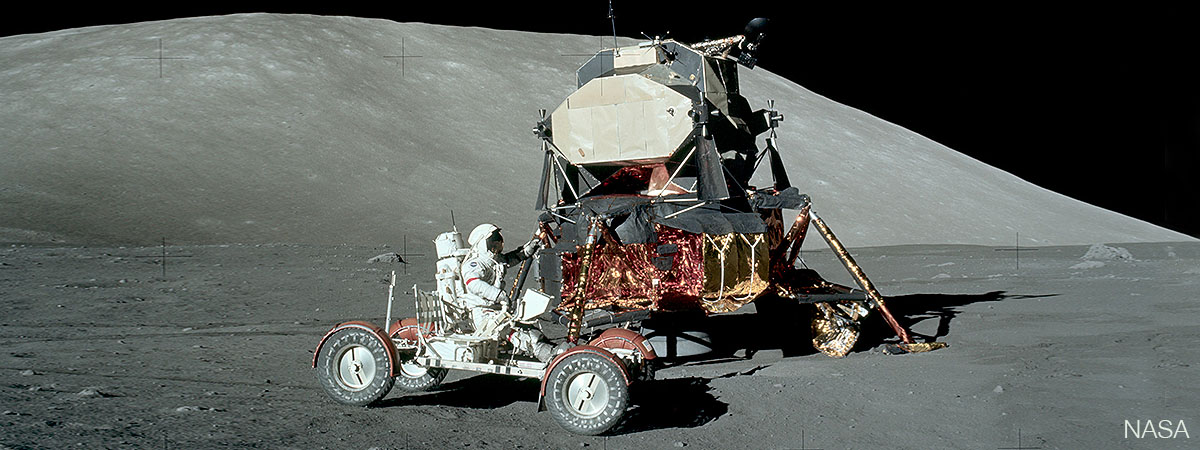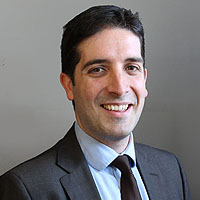Virtually everyone on planet Earth knows the story of Apollo 11, including the names of its famous crew: Neil Armstrong, Michael Collins and Buzz Aldrin. And of course, everyone knows the famous words that Commander Armstrong spoke on 21st July 1969, when humans first set foot on the Moon. However, only a tiny percentage of the world’s population would be able to name the last human to set foot on the surface of our beloved satellite.
When the Apollo 17 mission was launched in late 1972, they already knew it would be several years (or even decades) before such an ambitious space programme would be resumed.
After Apollo 11, NASA scheduled six additional missions: five of them succeeded in landing on the moon; the other is the well-known story of Apollo 13 and its “Houston, we have a problem,” famously portrayed in the film a few years ago. In total, ten other astronauts (all of them of U.S. nationality), in addition to Armstrong and Aldrin, had the privilege and the opportunity to take a walk on the Moon, during the period between 1969 and 1972.
It is important to note that the last few years of the 1960s were a time of economic prosperity and the Cold War, where the U.S.’s strategic priority was to achieve technological supremacy over the USSR. However, over the following years, the oil crisis, the satisfaction of having achieved the objective before the USSR, and the need to devote economic resources to the Vietnam War, among other reasons, meant that the lunar research programme’s budget was gradually reduced until it was eventually completely cancelled. In fact, President Richard Nixon tried to suspend the programme first, after the Apollo 15 mission, although in the end two additional missions were authorised.
In that international and economic context, the Apollo 17 mission was carried out at the end of 1972. At the time they already knew that it would be several years – and now we know that it was in fact several decades – before such an ambitious space programme would be resumed. The mission commander was Eugene Andrew Cernan, an electrical engineer from Purdue University in Indiana (the same one Neil Armstrong attended) and a U.S. Navy pilot with more than 5000 flight hours and 200 aircraft carrier landings.
At the age of 29, Cernan was selected to participate as an astronaut in the Gemini and Apollo space programmes. Three years later, after a fatal accident suffered by the Gemini 9 crew while in training, he got the opportunity to travel into space on the famous Gemini 9A mission, becoming the youngest American astronaut to travel into outer space. The scientific objectives of this ultimately successful mission were to image the Zodiacal light and study micrometeorites. They also practised techniques for rendezvous and docking with a vehicle similar to the one that would later be used in the Apollo missions, and Gene Cernan had the opportunity to perform an extra-vehicular activity (EVA) lasting approximately two and a half hours.
As part of the crew rotation established by NASA for its astronauts, Cernan had the opportunity to participate in the Apollo 16 mission as a lunar module pilot, but he was ambitious and declined to be able to command Apollo 17. On this mission, he was accompanied by Ronald E. Evans, another experienced astronaut who was in charge of the command module, and Harrison H. Schmitt as pilot of the lunar module. Schmitt was a geological scientist who controversially replaced Joe Engle, an X-15 rocket-powered aircraft pilot, who was the mission leader at the time.
The three crew members completed a three-day mission on the lunar surface that was a complete success, setting several records that still stand today, such as: first night launch, maximum number of hours spent by astronauts outside the lunar module performing experiments, highest speed recorded with the rover over the lunar surface (18 km/h), and largest volume of rock and samples collected.
Upon his return to Earth, Cernan spent a few years collaborating in the development of the joint Apollo-Soyuz programme between the United States and the Soviet Union, which in 1975 achieved the docking of two spacecraft in space for 44 hours, during which the five astronauts (three Americans and two from the Soviet Union) had time to exchange gifts, conduct various scientific experiments and even share a meal. Cernan ended up retiring from his work at NASA in 1976 and went on to occupy different executive positions in large private corporations.
Perhaps Cernan’s last words before boarding the lunar module near the Sea of Tranquillity and leaving the satellite forever were not quite as inspiring as Armstrong’s first words, for the phrase he left on record for posterity was “America’s challenge of today has forged man’s destiny of tomorrow”; nevertheless, interest in his legacy has been revived in recent years and his story has been captured in several documentaries. His voice even features in contemporary pop culture as part of the song “Contact” by the French electronic music duo Daft Punk.
In recent years, there has been a revival of interest in returning to the Moon, not only in the United States, but also in other countries such as China. China, with its Chinese Lunar Exploration Programme (CLEP), which has been active since 2007 and which is already in its third phase of collecting and transferring samples to Earth, plans to send manned missions to the Moon starting in 2030. In view of this, it is quite possible that Commander Cernan, who died three years ago without knowing who his successor would be, may not have much time left to continue enjoying his status as the last man on the Moon, after his now long-ago walk on 14th December 1972.



